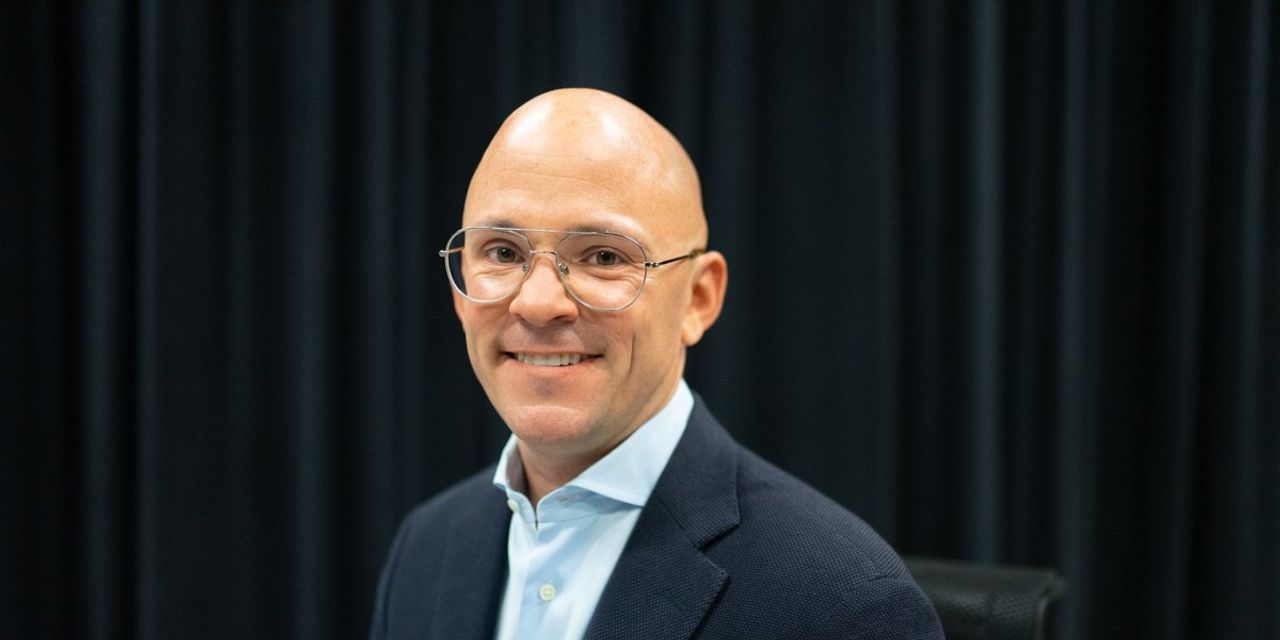
An intensifying selloff in U.S. government bonds drove benchmark borrowing costs above 2% for the first time since mid-2019, after data showing sustained inflation fueled new bets the Federal Reserve will rapidly remove pandemic stimulus measures.
Stocks slid, with the S&P 500 losing 1.8% and the Nasdaq Composite dropping 2.1%, after the Labor Department released data showing that U.S. inflation accelerated at a 7.5% annual rate in January, a four-decade high. Yields, which rise when bond prices fall, had hovered in a narrow range in the overnight trading session but jumped immediately after the report.
Of particular concern to investors: Core prices, excluding volatile food and energy categories, advanced 0.6% from the previous month. That was above the 0.4% gain forecast by economists surveyed by The Wall Street Journal and a strong sign that inflationary pressures aren’t moderating as quickly as many investors had hoped.
Yields on shorter-term Treasurys, which are especially sensitive to the outlook for near-term monetary policy, led gains. The two-year yield logged its biggest one-day increase since 2009 to finish at 1.560%. Yields on longer-term bonds also climbed sharply, with the 10-year yield topping 2% for the first time since mid-2019 to settle at 2.028%.
Taken together, recent data releases have made it increasingly difficult for investors to assume that inflation will fade on its own, said John Briggs, head of strategy for Americas at NatWest Markets.
“If consumers and workers start believing that inflation is not going to be transitory they’re going to start demanding higher wages and higher inflation becomes embedded in the system,” he said.
Investors and economists pay close attention to Treasury yields because they set a floor on borrowing costs across the economy and are a key input in financial models that investors use to value stocks and other assets. This year’s climb has driven up mortgage rates and contributed to a decline in stocks, even as it also has signaled a strong economy capable of generating inflation.
The 10-year yield finished last year at 1.496%. It has climbed since then, based in part on a shift in messaging from Fed officials, who have expressed growing concern about inflation and increased urgency about tightening monetary policies.
Recent data has reinforced the notion that the Fed may raise rates much more quickly than previously thought—and perhaps even higher than investors have been expecting. On Friday, yields jumped after the Labor Department reported that the economy added many more jobs than analysts had expected last month. Employers also paid workers more than analysts had forecast—pointing to underlying inflation pressures that could persist even after businesses resolve temporary supply and transportation problems.
Thursday’s data was arguably just as powerful, some analysts said. Investors had been hoping to see signs of easing inflation in consumer goods as businesses build up inventories, but said that evidence was largely absent. Meanwhile, service-sector inflation continued to climb, presenting what some economists view as a longer-term threat because those price increases tend to be stickier.
Interest-rate derivatives echoed the move in Treasurys. Fed-funds futures indicated that investors think there is a chance of better than 70% that the Fed will raise short-term rates from their current level near zero to at least 1.75% by the end of the year, according to CME Group data. That was up from a 22% chance on Wednesday and 1% a month ago.
Investors also are expecting the Fed to soon start reducing its holdings of Treasurys and mortgage-backed securities, potentially putting further upward pressure on yields.
Though hardly high by historical standards, a 10-year yield of 2% still represents a meaningful shift from 2020, when it hovered around 0.6% for months even as stocks rallied and investors were dialing up their inflation expectations.
At the time, Fed officials were signaling that they would be cautious about raising interest rates—a reaction to not only the pandemic but the previous economic expansion, which was defined in large part by sluggish inflation.
Investors responded not only by buying bonds but piling into all forms of riskier assets, from cryptocurrencies to smaller technology firms unlikely to make significant profits until further in the future. Ultralow interest rates make such investments more attractive by reducing the cost of forgoing safer alternatives, and investors have unwound some of those bets in recent months as yields moved higher.
Thanos Bardas, global co-head of investment grade and senior portfolio manager at Neuberger Berman said that the 10-year yield is now likely to settle into a range between 2% and 2.5%, reflecting a major shift in the economy and the need for central banks around the developed world to “change course very, very soon, very aggressively to realign themselves with the new reality.”
He added that expects to see “lots of volatility across all asset classes and more difficult times for many investors” as central banks follow that course.
Still, some investors cautioned that the longer-term outlook for interest rates remains uncertain and that world-wide demand for Treasurys, as an ultrasafe, easy-to-trade asset, could limit some of the damage.
For now, there is a strong case for betting on a shrinking gap between short- and long-term Treasurys, given that the Fed seems certain to raise rates in the coming months but could still adjust to future economic data over the longer run, said Michael Lorizio, a senior trader at Manulife Investment Management.
“There is such a need to own U.S. Treasury debt around the globe,” he added.
Write to Sam Goldfarb at [email protected]
Copyright ©2022 Dow Jones & Company, Inc. All Rights Reserved. 87990cbe856818d5eddac44c7b1cdeb8








